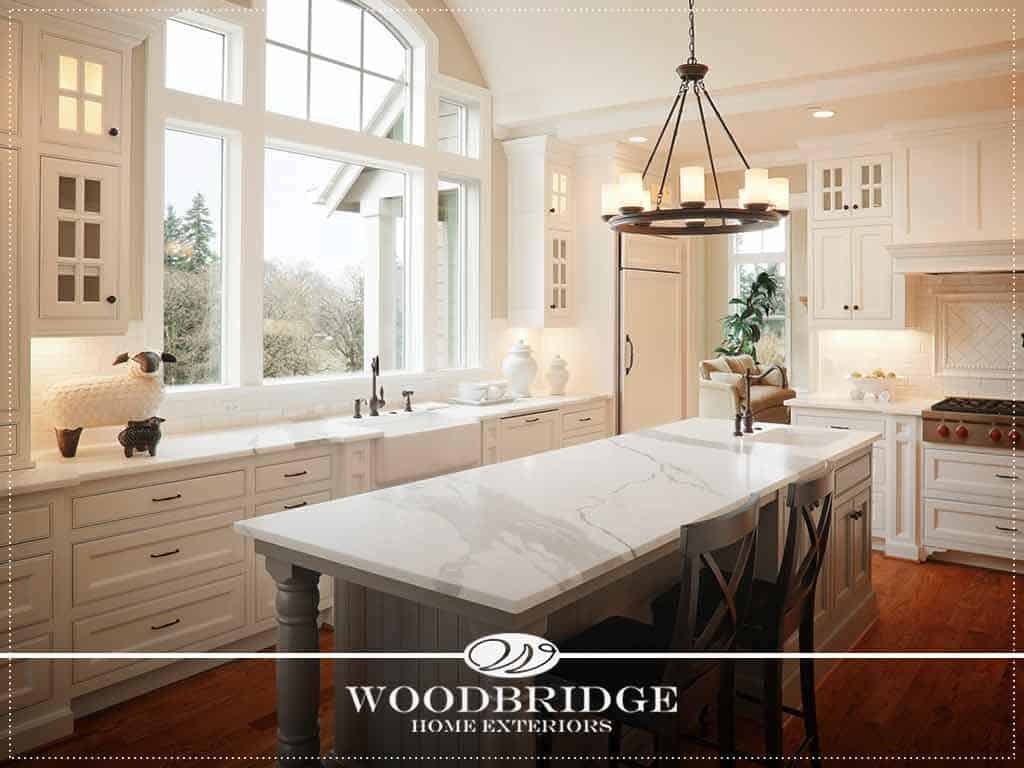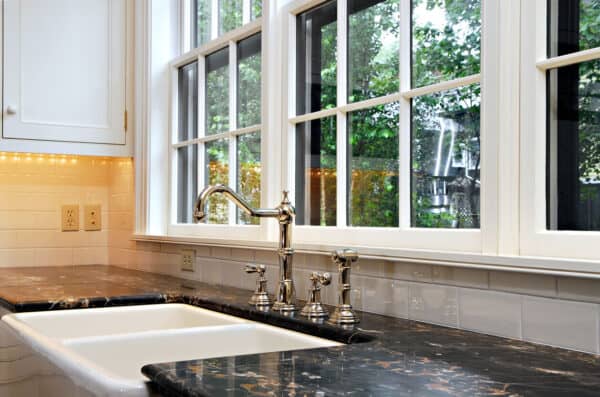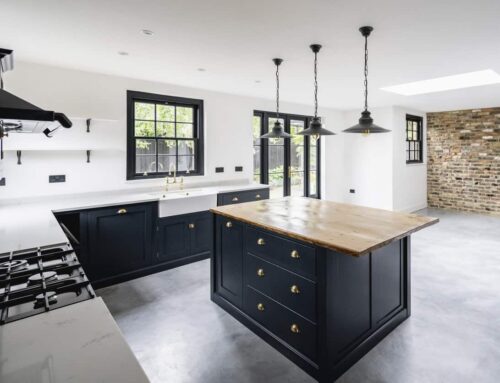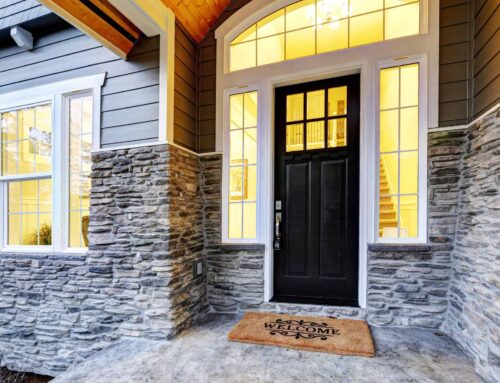
Kitchens have unique requirements compared with other rooms in the house. Certain considerations must be taken when choosing replacement windows for your kitchen. Replacement window contractor Woodbridge Home Solutions takes an in-depth look at these key considerations.
Contents
Ventilation
Cooking releases moisture and grease into the air, which should be flushed out as they can damage wooden components. Accumulated grease can cause discoloration and unsightly stains. While a range hood can be installed for this purpose, natural ventilation must be provided. Effective natural ventilation is achieved with two openings; one serves as the exhaust vent, while the resulting air pressure pulls fresh air in.
With this in mind, operable window styles are ideal for kitchens. Casement windows, in particular, allow full use of the window area, which can provide maximum ventilation. Combination windows, such as bay or bow windows, can achieve the same effect.
Building Codes
All types of contractors, including window and siding companies like ours, are required to follow both local and international building codes. In addition to essential requirements such as the size and accessibility of egress windows, minimum safe distances should be considered. For instance, the typical minimum safe distance from a window to an electric cooktop should be 16 inches, but this may change depending on the size and type of your cooktop.
Natural Light
Kitchens have completely different lighting requirements than other rooms in the house. A good kitchen design should balance natural lighting with focus lighting used for tasks such as food preparation. Kitchens with lots of natural lighting tend to look larger and have a generally cheerful look, which makes large windows ideal for this purpose. When choosing kitchen windows, check the energy ratings. Look for low U-Factor and Solar Heat Gain Coefficient (SHGC) values for effective insulation, with high Visible Transmittance (VT ) values for increased natural light.







